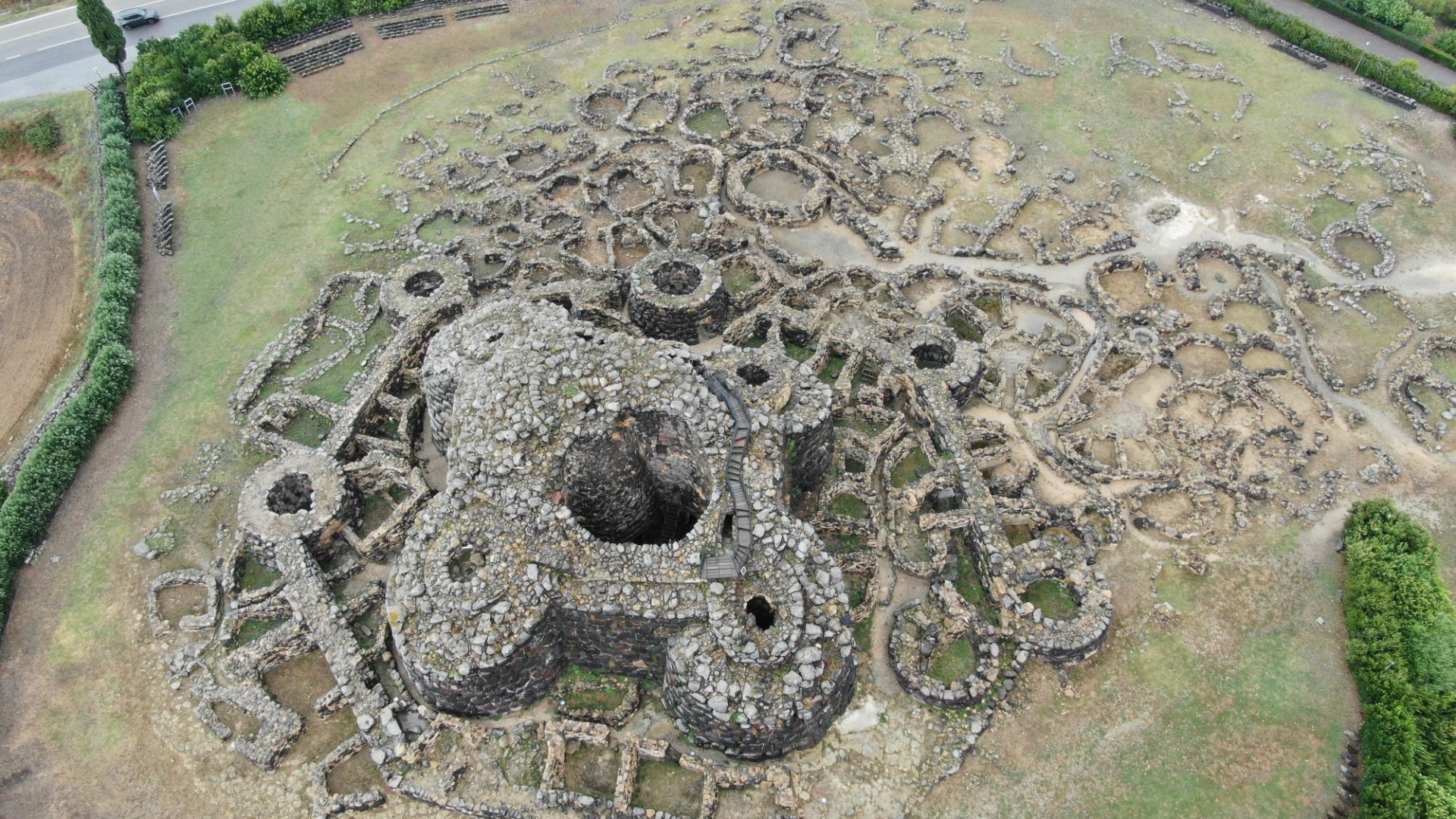Anna Depalmas is a Prehistoric archaeologist; her research focuses mainly on the Sardinian Bronze and Iron Ages, navigation and trans-marine contacts and traffic in the Mediterranean, and typological aspects and production of protohistoric metalwork. She has directed and carried out numerous excavations and research projects in Sardinia (Iloi and Su Surpiaghe-Sedilo, Sa Osa-Cabras, Abini-Teti, Lugherras and Santa Cristina-Paulilatino, and others), in Menorca, and in Tunisia as part of archaeological and ethnoarchaeological projects. She is full professor of Prehistory and Protohistory at the University of Sassari.
Steven Ellis is a Roman archaeologist with interests in ancient cities and urban life. He has directed the University of Cincinnati's excavations at Pompeii (the Pompeii Archaeological Research Project: Porta Stabia) and Tharros, Sardinia (the Tharros Archaeological Research Project). His primary publications include The Roman Retail Revolution (2018), The Making of Pompeii (2011), and The Porta Stabia Neighborhood at Pompeii (July 2023). Steven is the recipient of several major grants and fellowships (from the NEH, the ACLS, Loeb, National Geographic, and the 'Rome Prize' from the American Academy in Rome) and is Associate Professor of Classics at the University of Cincinnati.
Giovanna Fundoni is an archaeologist with interests in Mediterranean Protohistory, Sardinia Nuragic Culture, Bronze and Iron age trade and connections. Her primary studies and publications are about connections and exchanges between Sardinia and the Iberian Peninsula during Late Bronze and Early Iron age. She's also interested in Experimental Archeology, especially in prehistoric food processing and bread making. Giovanna has been involved in several archaeological projects and excavations in Sardinia and Menorca island and is currently a Research fellow in Prehistory and Protohistory at the University of Sassari.
Emily Holt is an environmental archaeologist, zooarchaeologist, and isotope specialist whose research addresses human-environment dynamics in the Sardinian Bronze Age. She co-directs the Pran'e Siddi Project excavations at Sa Conca 'e sa Cresia, an archaic Nuragic tower on the Siddi Plateau in the Marmilla region of central Sardinia. Emily's research has been supported by grants and fellowships from the Fulbright Foundation, the National Science Foundation, the Mellon Foundation, and the European Research Council, among others. She is currently an Archaeological Science Project Officer at Cardiff University.
Luca Lai is an Anthropologist with a research focus on the archaeology of the Western Mediterranean. He carried out the first large-scale application of stable isotopic analyses in Italy and has worked on several projects based at the University of South Florida (FL), University of Cagliari (Italy), and University of Cambridge (UK), centered on stable isotopic methods applied to the investigation of human diet, ecology, and animal management and the intersection of culture and climate change, particularly in prehistoric Sardinia, with funding from the National Science Foundation, the Sardinian Region, the University of Cagliari and the Isaac Newton Trust. He is currently an Assistant Professor of Archaeology at the University of North Carolina at Charlotte, NC. He cultivates side interests in mortuary archaeology, Sardinian history, indigenous America, linguistics, and decolonizing perspectives.
Caterina Lilliu was born in Barumini and trained in Cagliari and Rome in the field of classical archaeology. She works chiefly in Sardinia. She ran Gesturi's archaeological sites census project and published the results, and she studied Villanovaforru’s museum votive findings. She has served as an official for the Autonomous Region of Sardinia, where she was involved in projects concerning the enhancement of Sardinian cultural heritage and museums. She is on the board of the Barumini Sistema Cultura Foundation, where she deals with scientific and cultural subjects, particularly the development of the Casa Zapata Museum and the Su Nuraxi UNESCO site.

